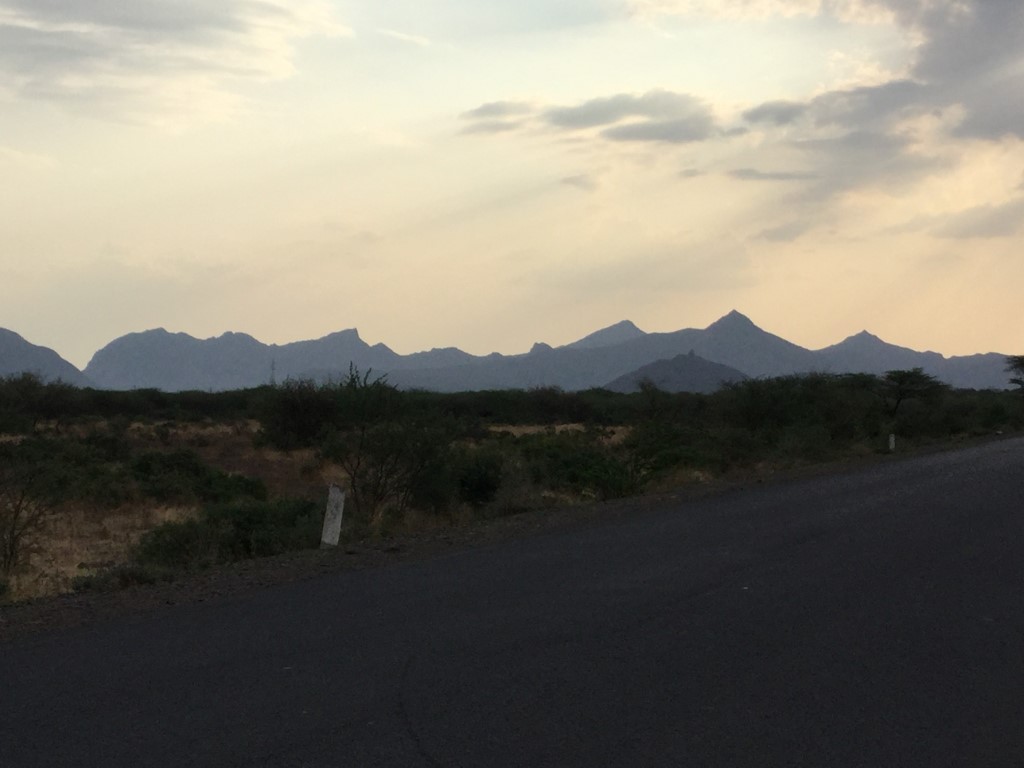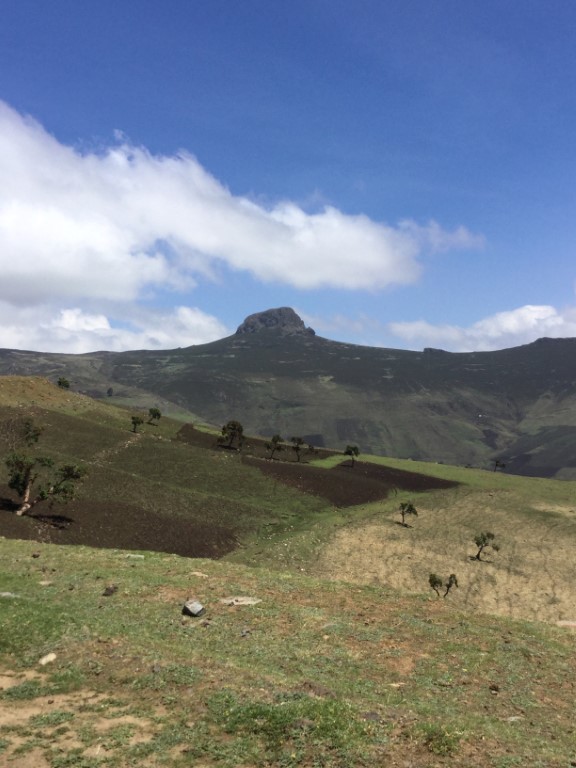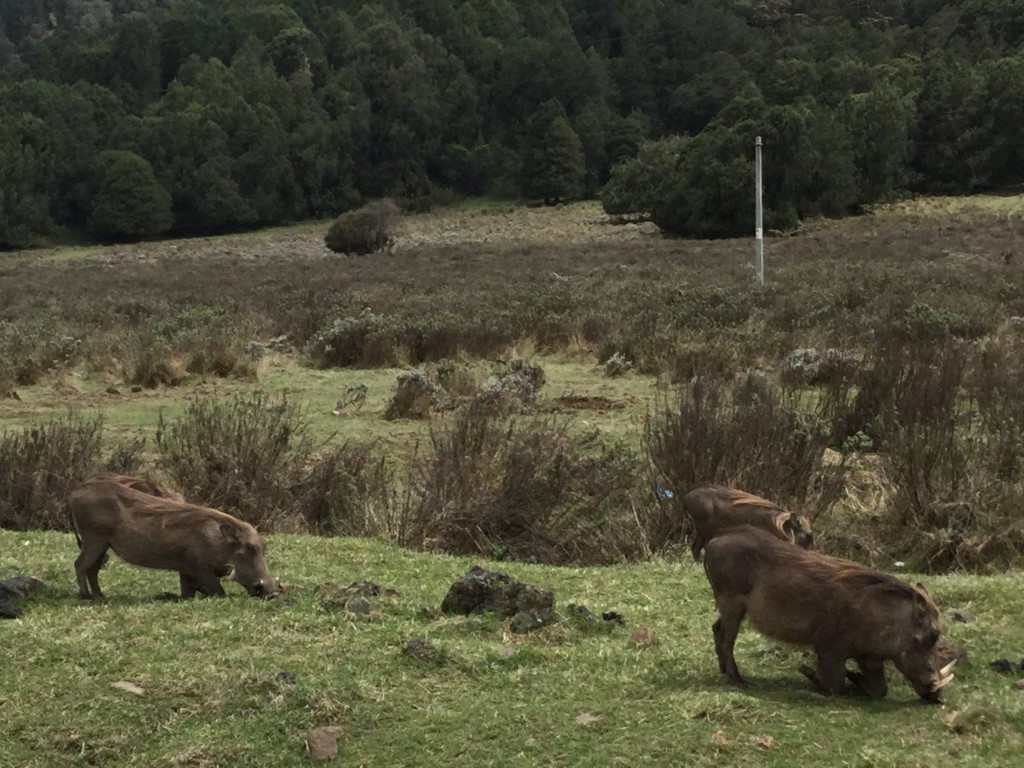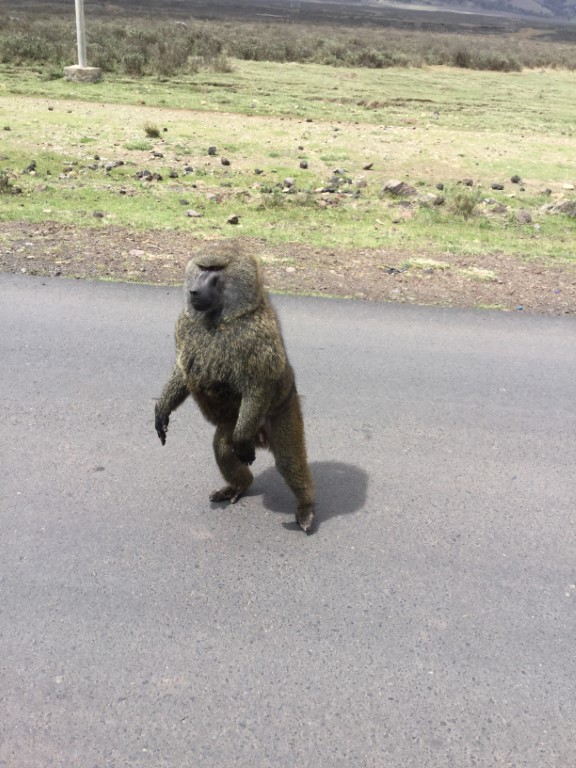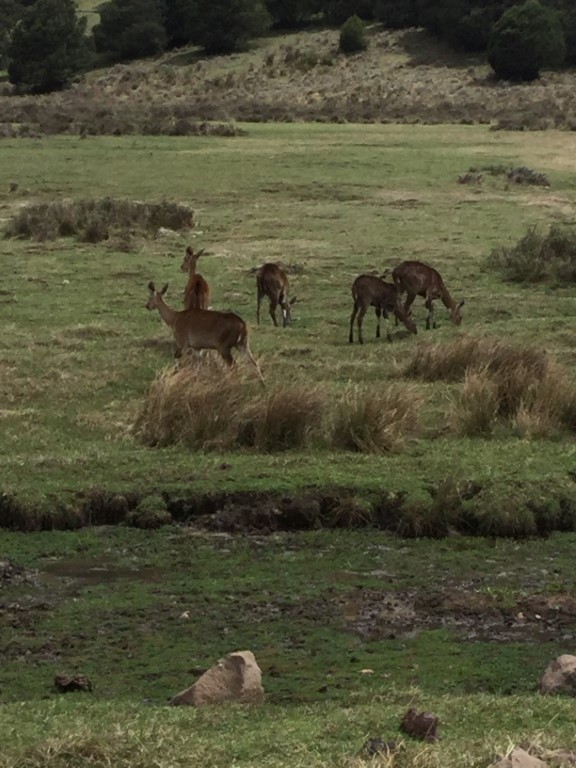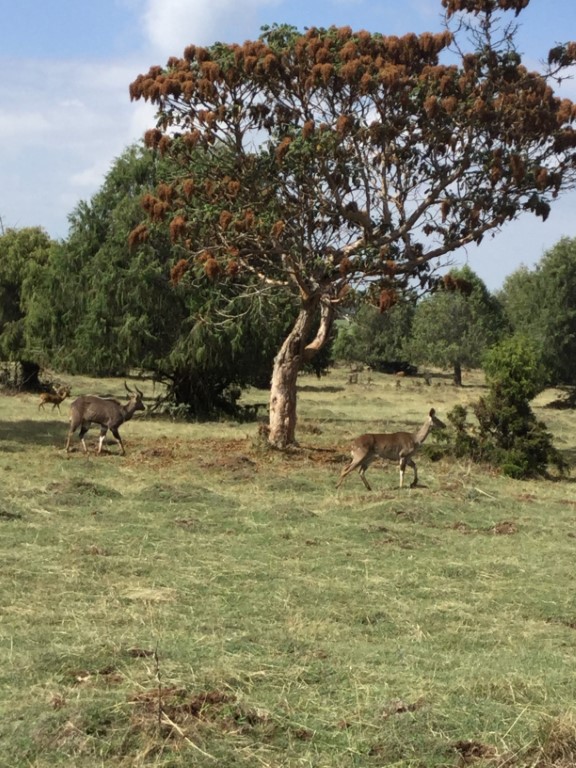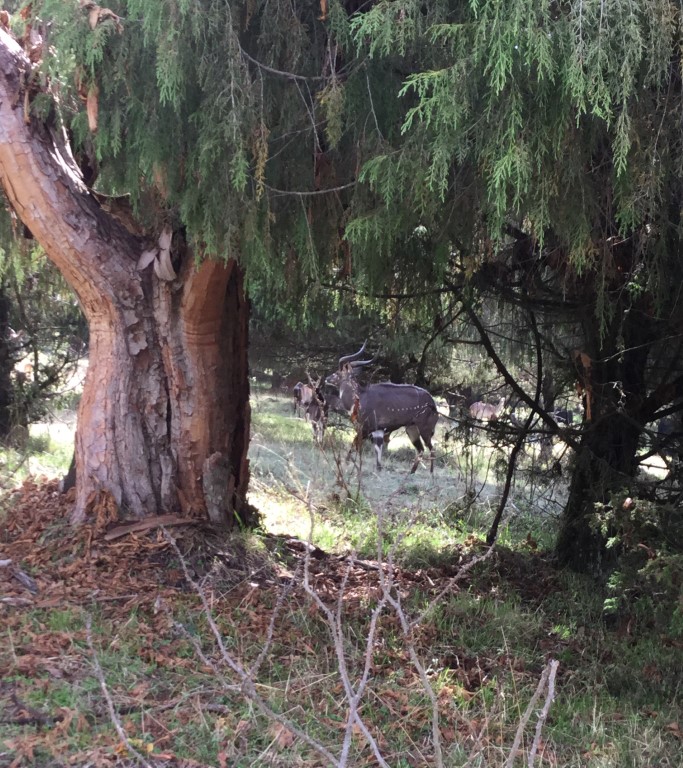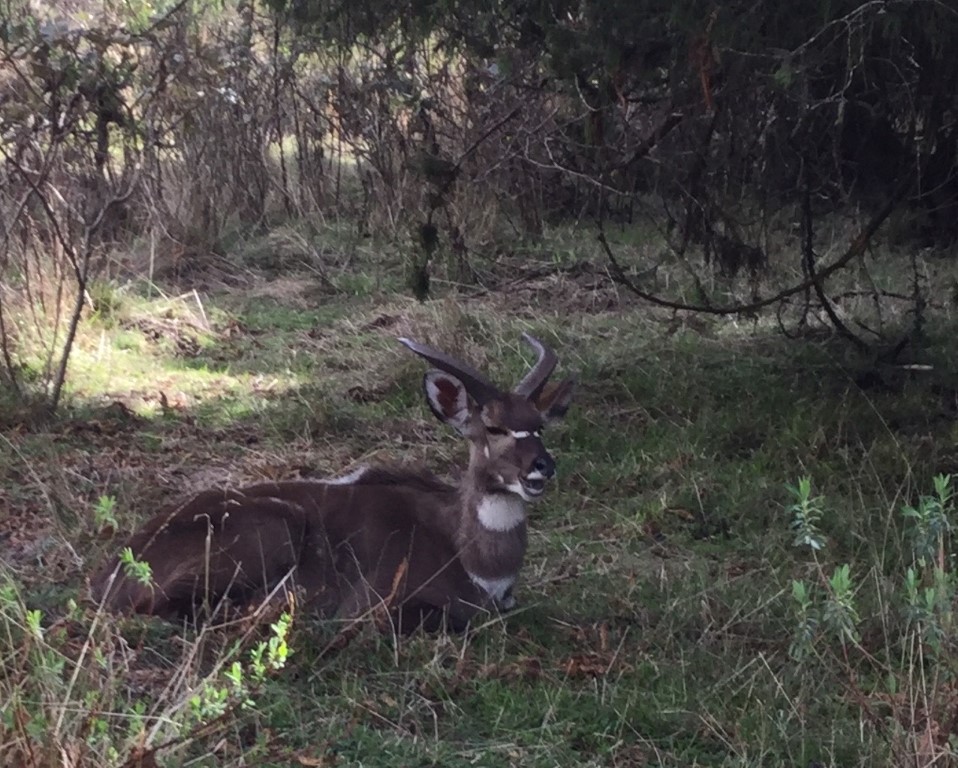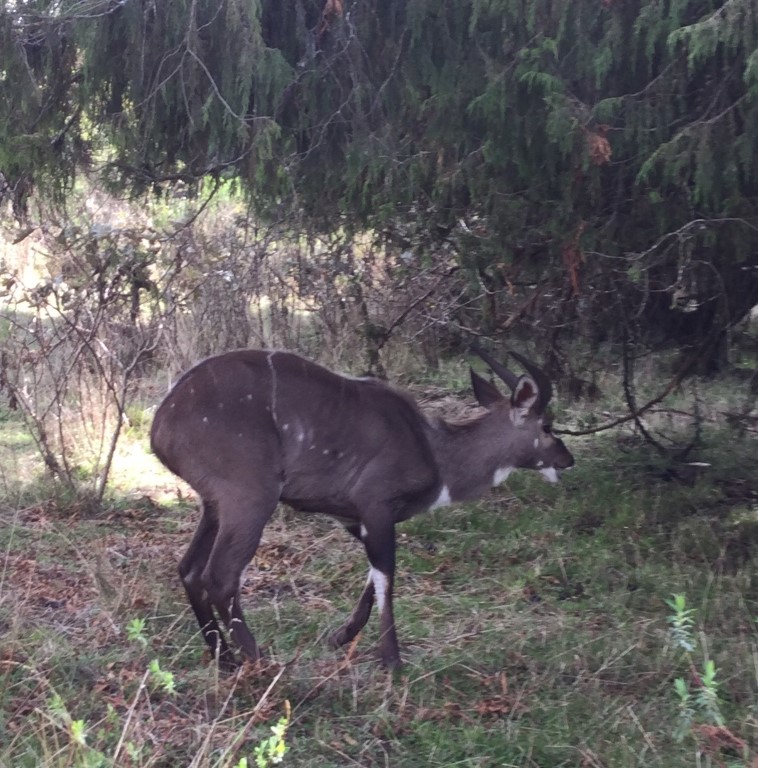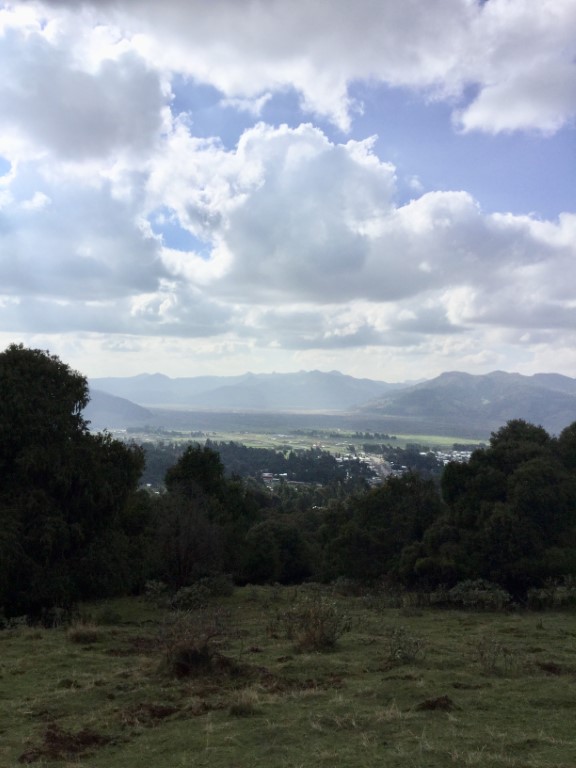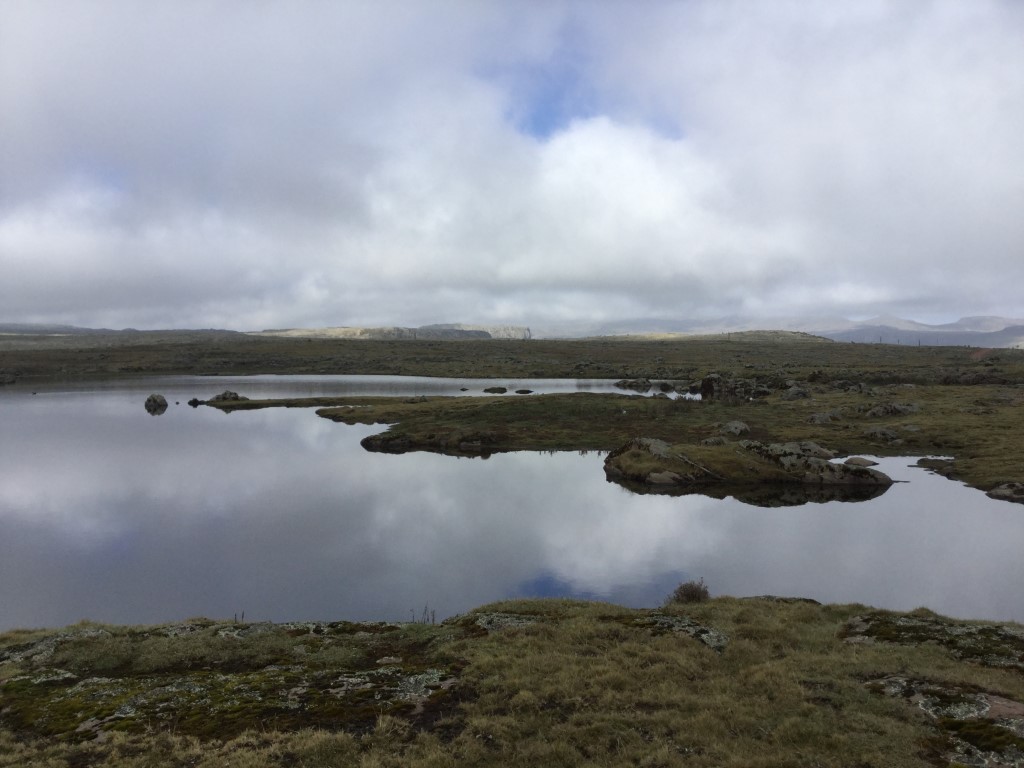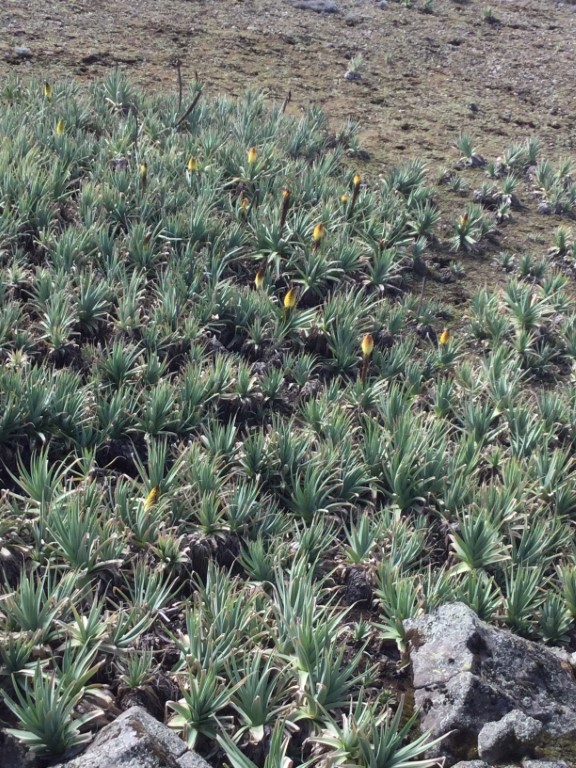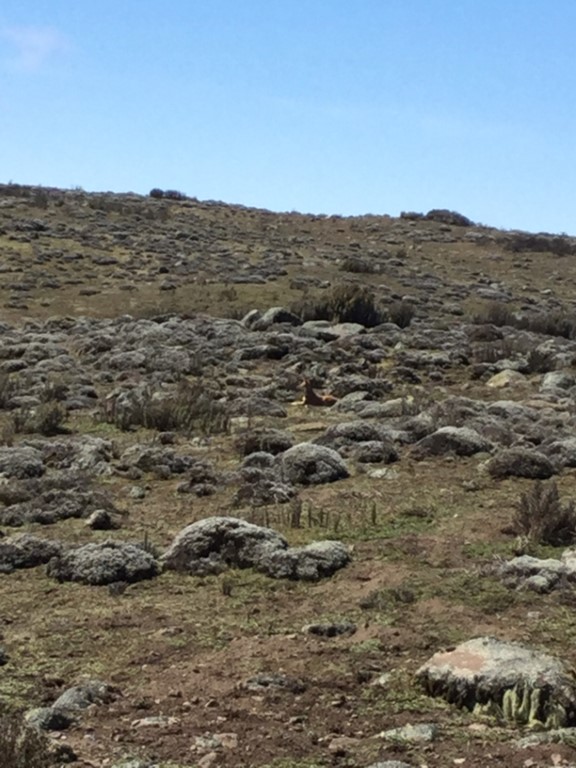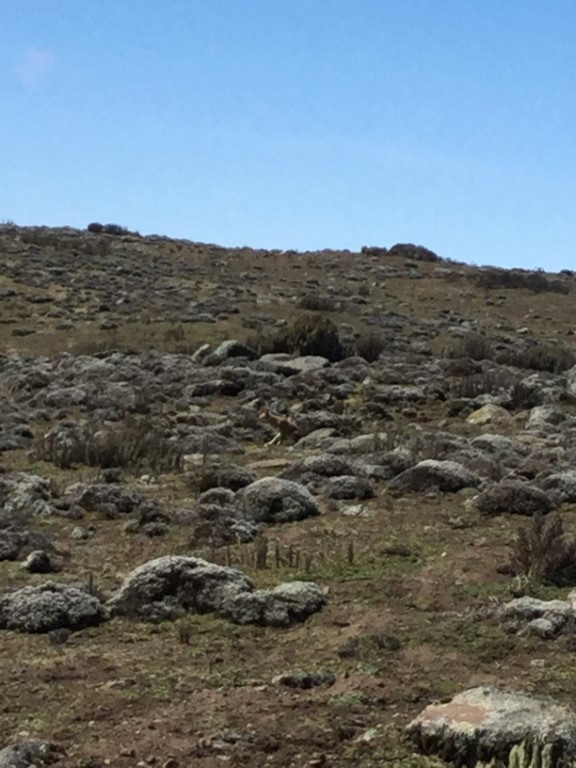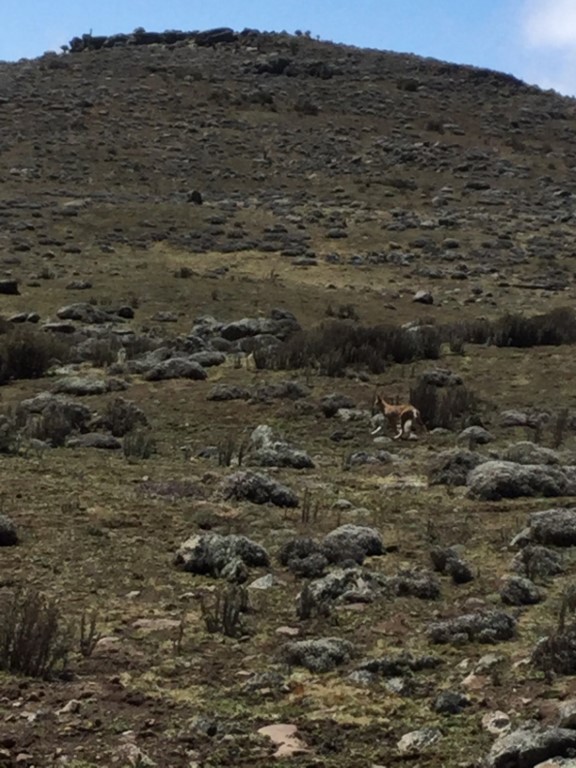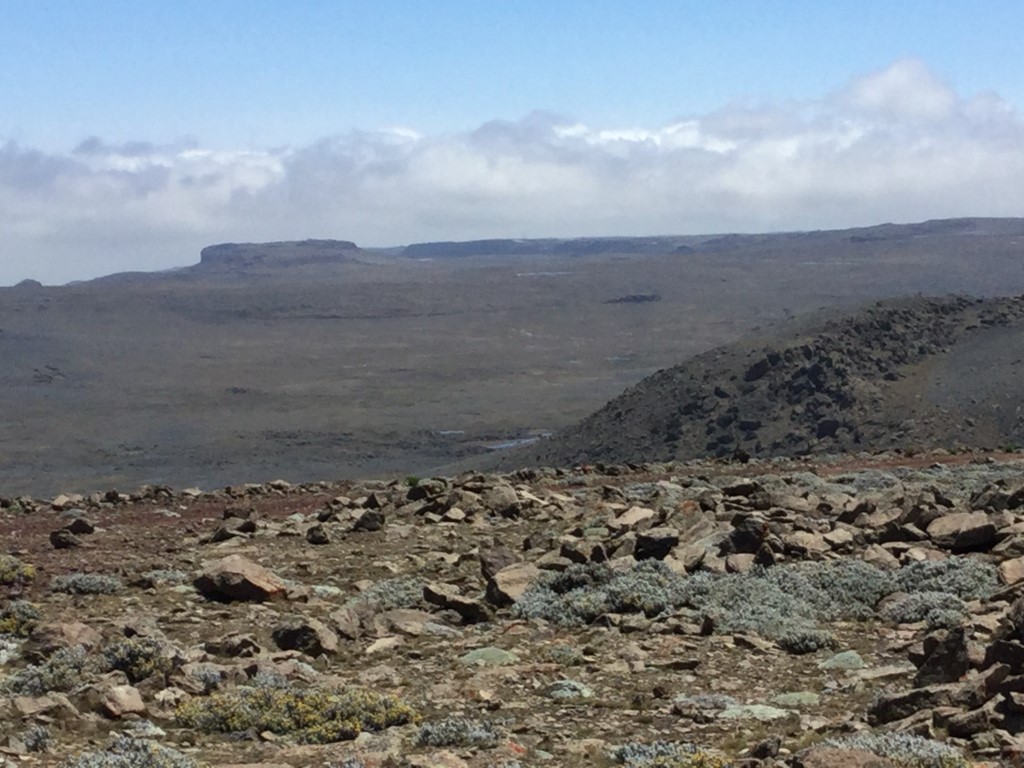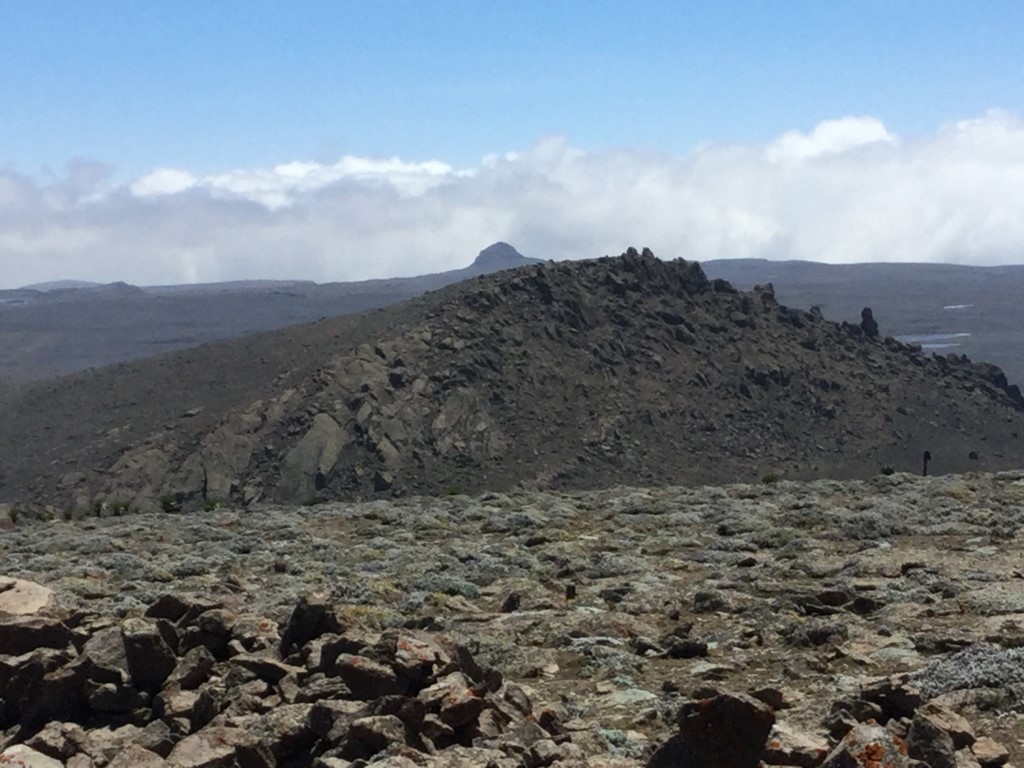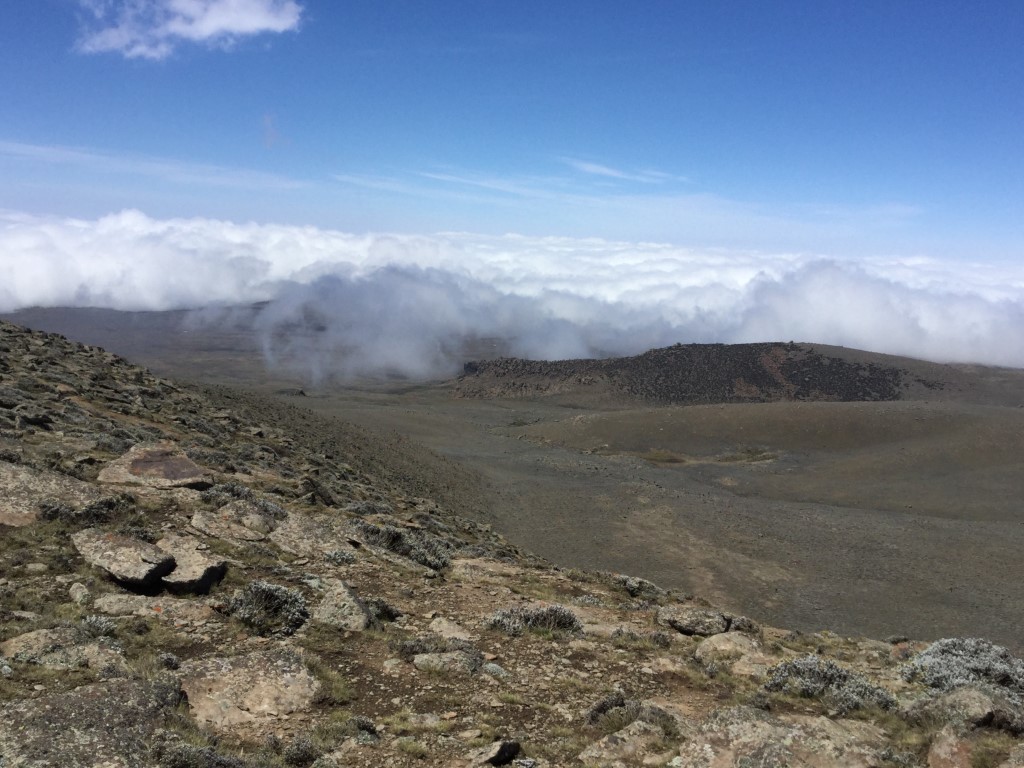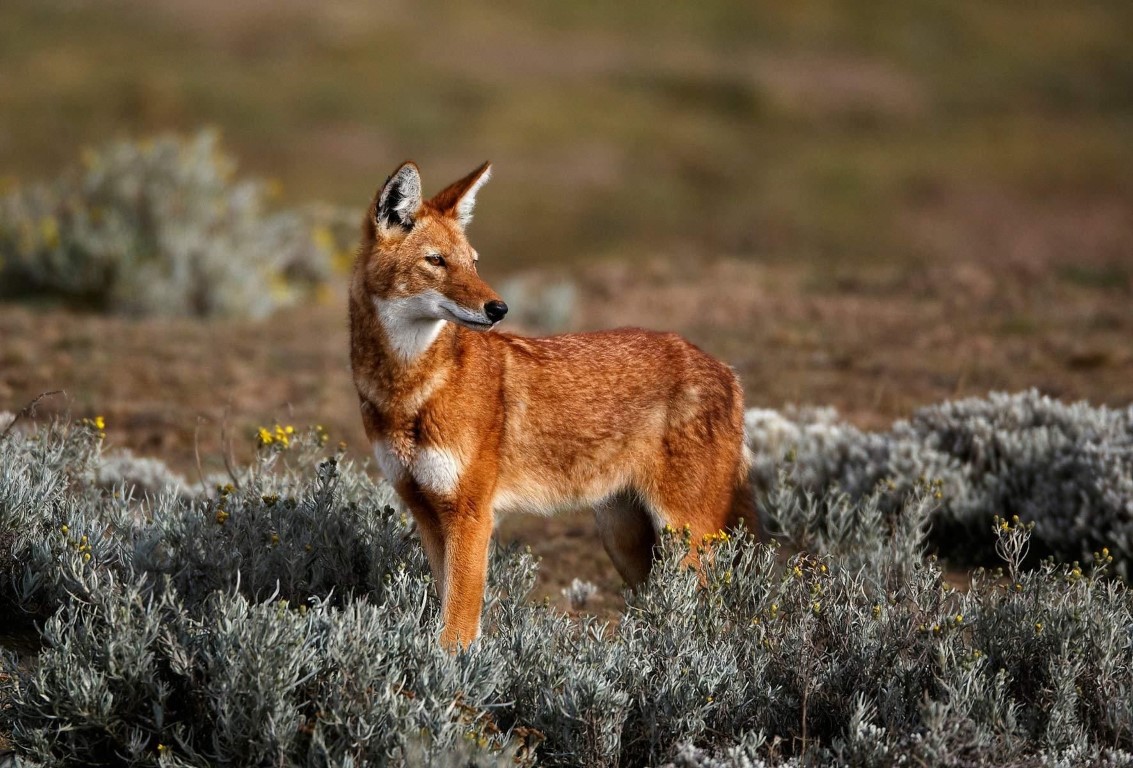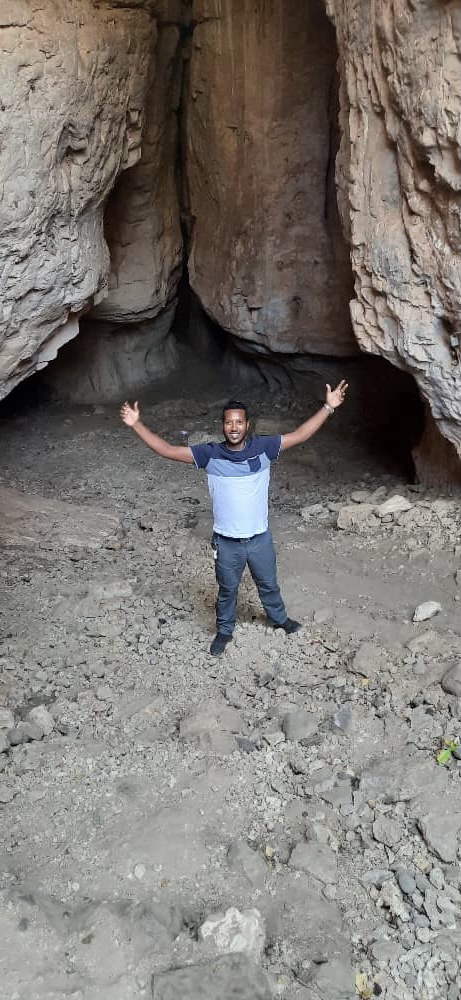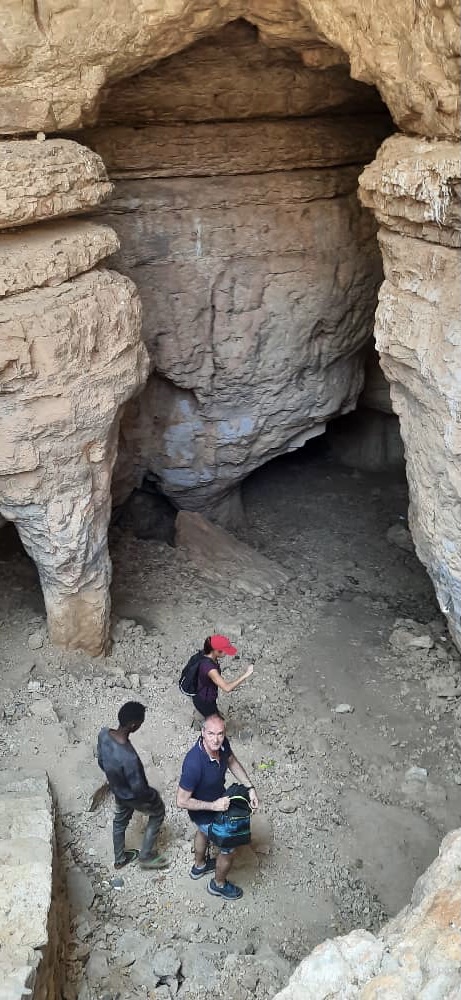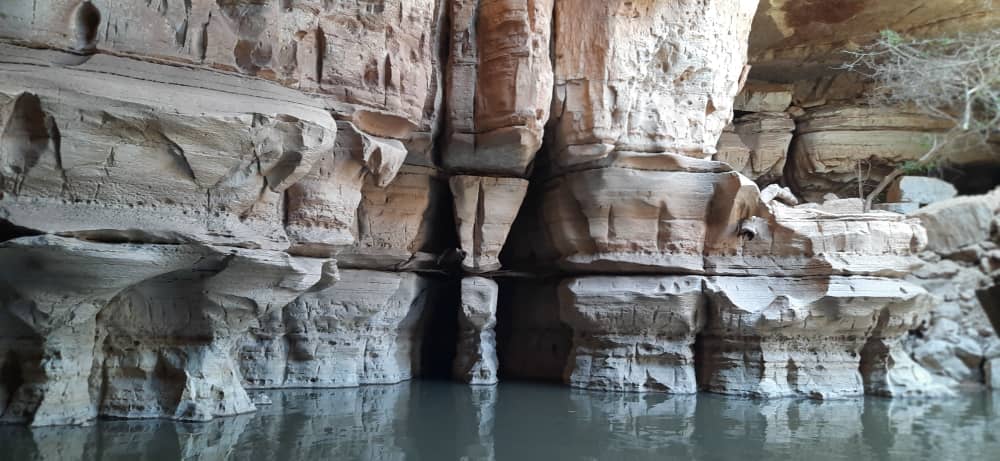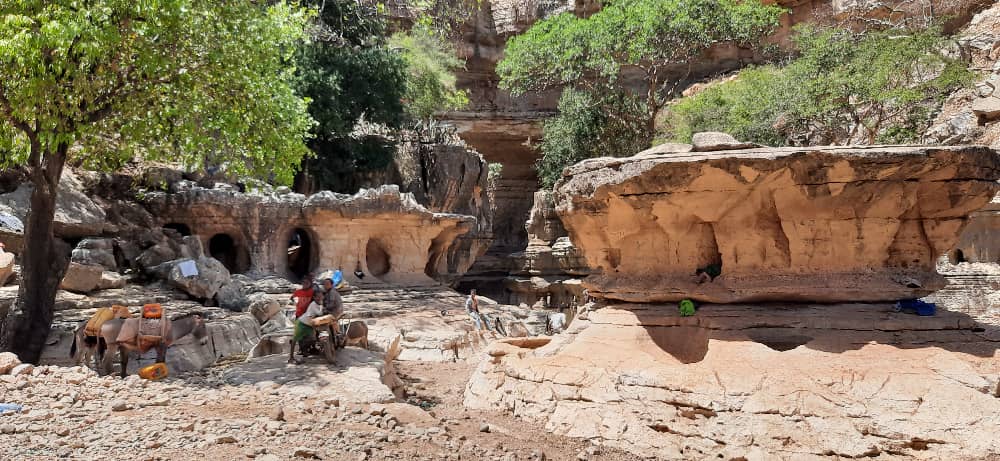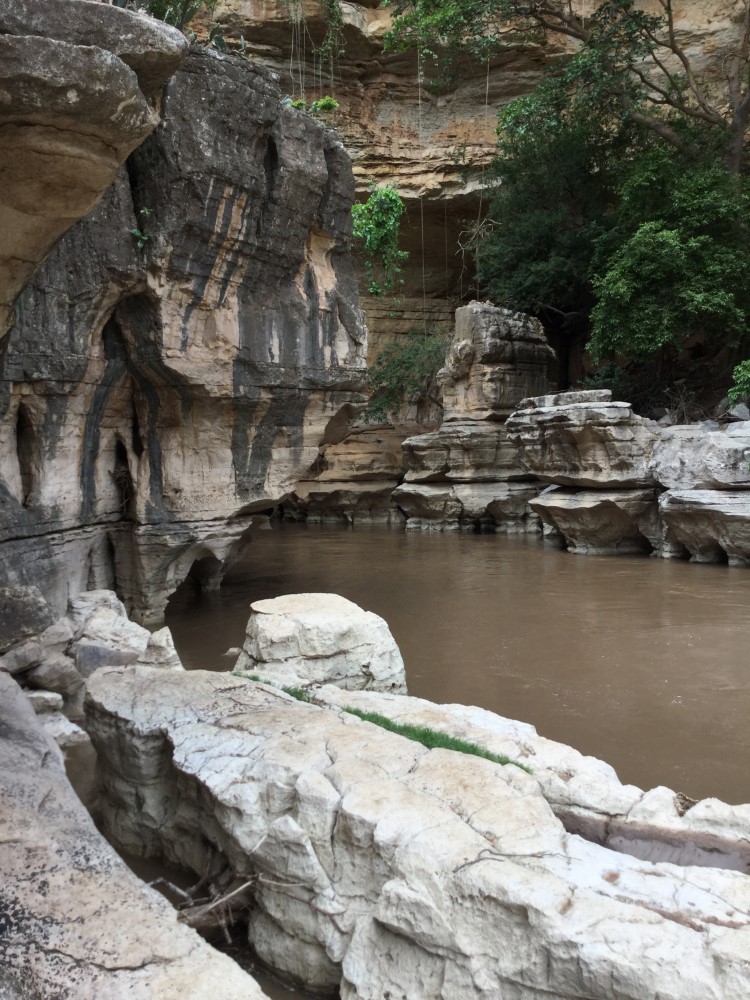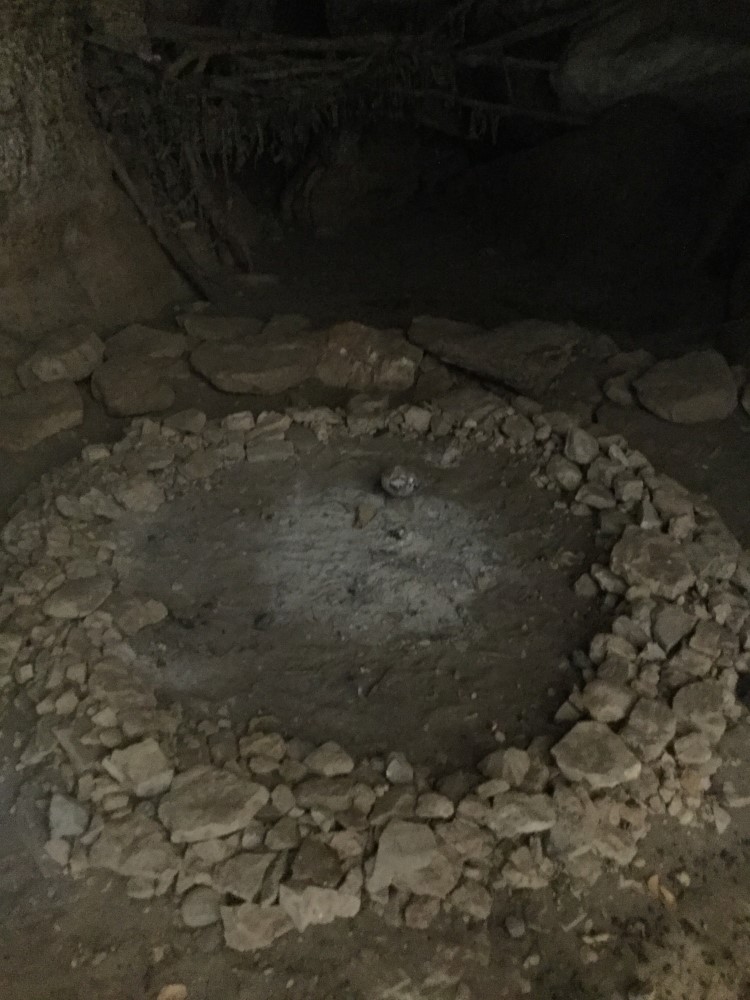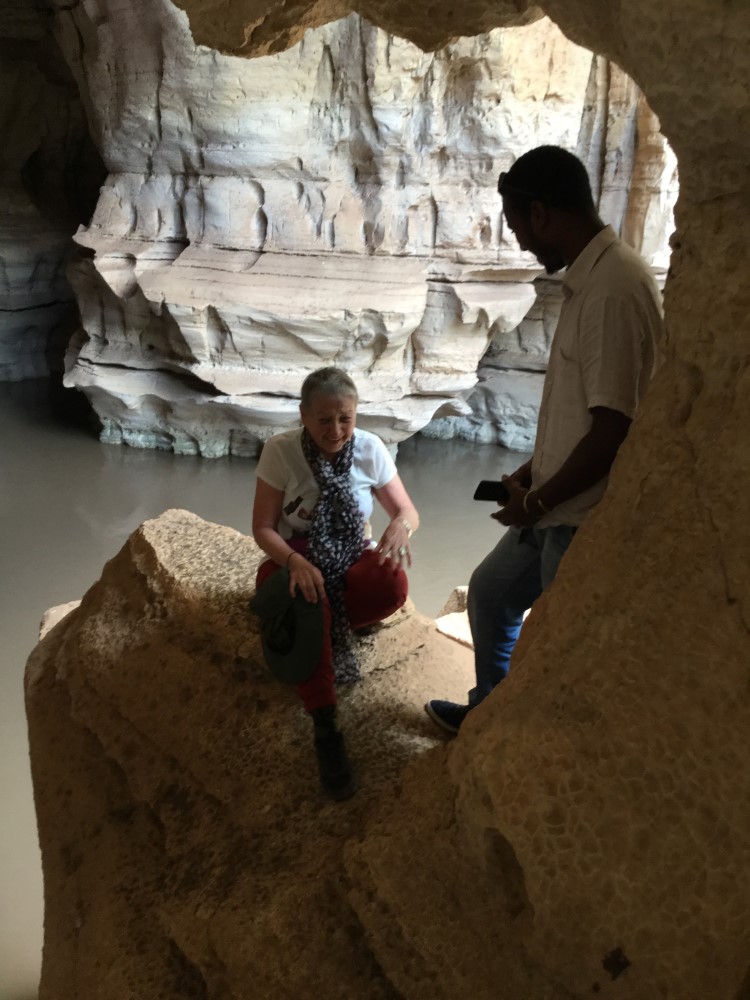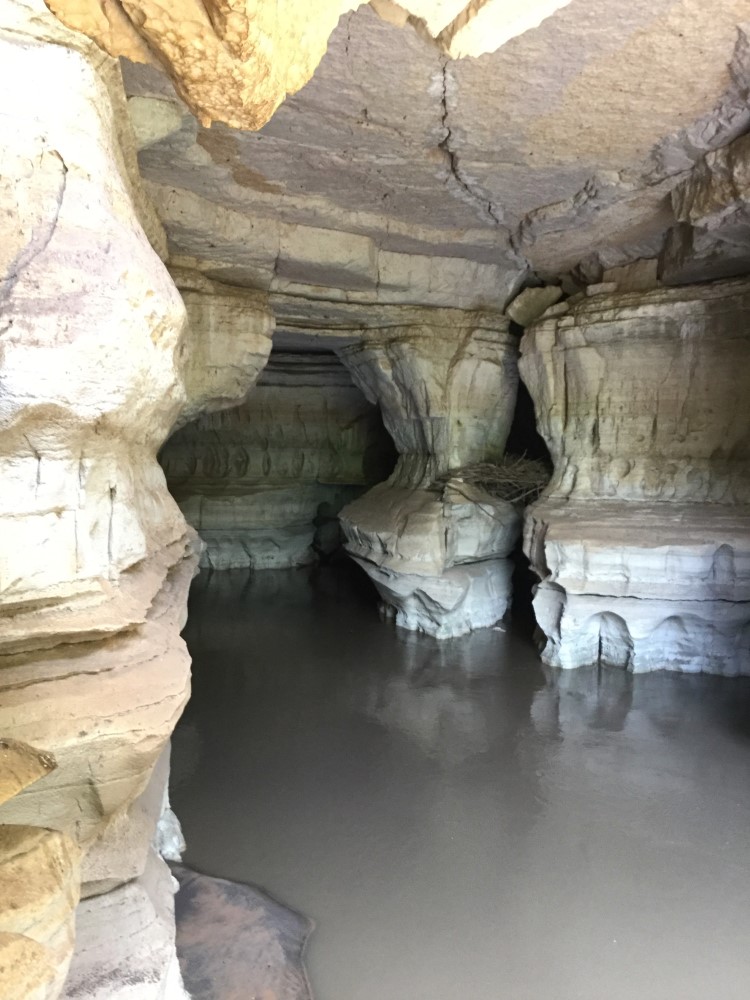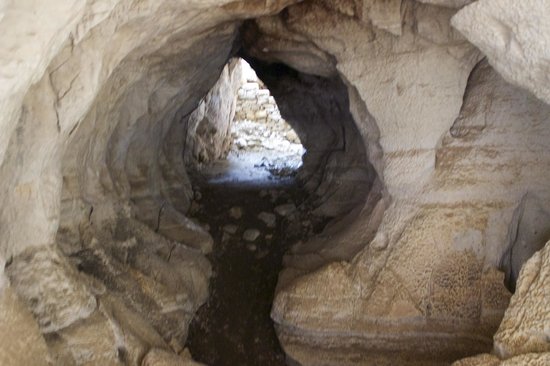bale mountains and Sof Omar Cave
Bale Mountains
Ethiopia has 20 National Parks and Wildlife Reserves. Located 400 km southeast of Addis Ababa, lies Bale Mountains National Park. Bale Mountain National Park contains a spectacularly superb volcanic landscape. The undulating high plateau rises to over 4000 masl and includes the highest peak of southern Ethiopia, Mount Tullu Dimtu (4307 m). The black windswept plain is strewn with glacial lakes, swamps, basalt blocks and volcanic bombs and surrounded by volcanic ridges and peaks of all sizes, shapes ad stages of erosion. In crevices, lava tunnels and caves, grayish-green creeper plants cling to the rocks of the otherwise barren fields, and if you are lucky, in this pristine landscape you can spot a glimpse of the critically endangered species of the Ethiopian wolf.
Sof Omar Cave
Sof Omar Cave is located in the Bale Province of the Oromia Region in southeastern Ethiopia and very much worth a visit. The Sof Omar Cave System is a spectacular maze of dry cave passages and subterranean watercourses. The Weyib River originates in Bale Mountains east of Goba, passes through the cave, sinks at the Ayiew Maco entrance and reappears at the Holuca resurgence one kilometer away. Leaving the cave, the river flows southeast until it joins the Ganale Dropa River in the Somali Region. Most likely, the karstification of the limestone beds started during the mid-Miocene East African rifting, initiating the caving process (aproximately 23 million years ago). According to oral tradition, Sof Omar was the name of a Muslim holy man who lived in the area and Ayiew the name of his daughter. The Sof Omar caves are still at the heart of the cultural and religious life of the local population, where the dry cave passages, domes and chambers are considered important religious and cultural sites.The cultural significance of the caves, combined with the unique beauty of the surrounding landscape create a harmony between nature and culture which is exclusive to Sof Omar Caves.
It was discovered in 1897, when the American explorer Arthur Donaldson Smith recorded his visit to the cave. Subsequently, other early explorers added information on the extent of the subterranean passages, but it was not until 1972, when a British expedition determined the total length of 15. km of the cave which made it the longest in all Africa. Since then it has been overtaken by the Tafna River Cave (18.4 km) in Algeria and the 18.1 km long Crocodile Cave in Madagascar.

